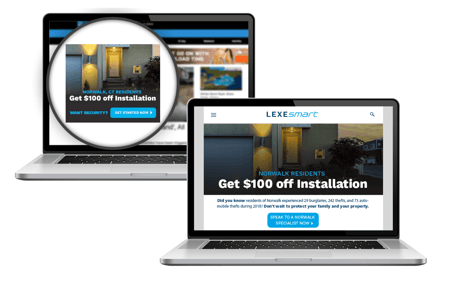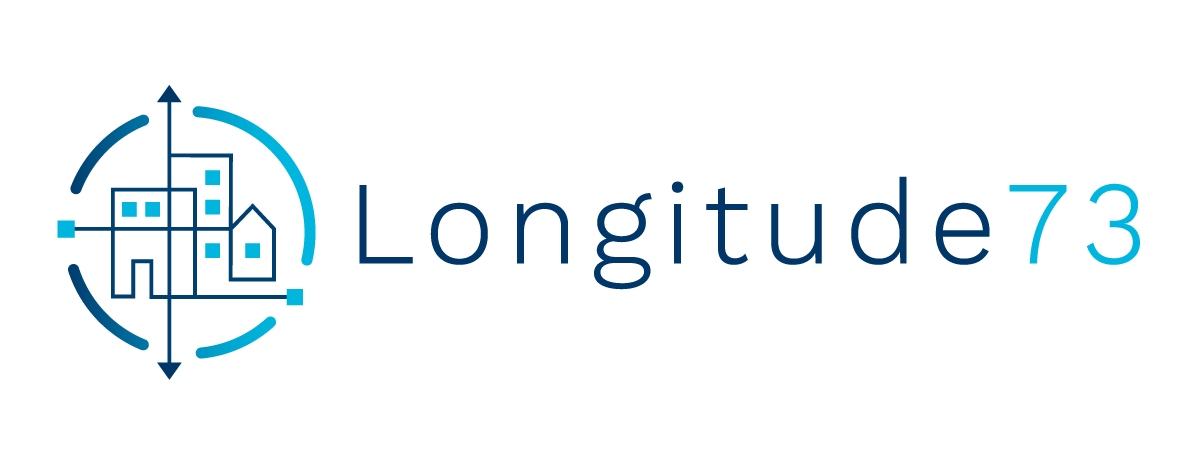There is an old Sales and Marketing tactic that used to be popular in business, but has lost favor because, well, it can be prosecuted as fraud. It used to work like this:
A company advertises a ridiculously enticing offer to lure customers into the store. The customer comes in to purchase that product and, at the last minute, the store explains that – what do you know? - THAT product isn't available. Then the store offers the customer a DIFFERENT product, albeit at a higher price. Thus the customer was brought into the store under false pretenses and their expectations weren't met. Or, in the parlance of the tactic, they were baited with one offer, and then switched to another.
And while I would never accuse digital marketers of intentionally practicing marketing fraud, it has occurred to me that lately that there’s been a sort of digital version of the old bait-and-switch that’s becoming the default operating procedure for much online marketing. It works like this:
You’re on a site and a digital ad catches your eye because it contextualizes whatever it is they’re selling – or whatever problem it is they’re solving – with your particular location. You’re in Norwalk, CT, and it tells you that last year, crime was up in Norwalk. You’re in St. Louis and it tells you what the average insurance rates are for the Gateway City. So you click because, thank god, finally an ad targeted you and your local interests and needs.
But when you get to the site, it asks for all your personal information INCLUDING WHERE YOU ARE. Wait, what? Didn’t that ad literally just tell you where you were? Isn’t that why you clicked? Why doesn’t the landing page know that? Why isn’t the landing page as smart as the ad that’s driving to it? Why were you digitally bait-and-switched?

This is the disappointing geotargeting experience for most consumers. Marketers have smartly made their digital media more targeted to the physical location of their audience to increase relevance. Which is working; studies show that geotargeting and geofencing can double the performance of national ads.
But here’s the problem:
You don’t really care about clicks. You care about conversions. And banner ads, no matter how much geotargeting you do, don’t convert. Landing pages do. Or they’re supposed to. In most cases, they don’t. Conversion rates languish at around 2.5%. And remember, that’s 2.5% of the people who clicked on the ad. People who ostensibly were interested enough in what your geotargeted marketing was offering to leave the page they went to of their own accord to follow your ad. Your media did exactly what it was asked to do – intrigued the audience enough to take an action. But your landing page just let them slip away.
Why? Because you bait-and-switched. Because you set up the expectation that they were going to continue the conversation that the media – that you! – started, on a customized site, a site that was uniquely relevant to where they were and what they were interested in. And then you totally dropped the ball with a landing page that was little more than a glorified form.
Why? Because technology has made it exceptionally easy to do local marketing when it comes to media, but not so easy when it comes to landing pages. And customers don’t know that. From their perspective, if you can customize the ad, you should be able to customize the entire experience. And when you can’t, they don’t blame technology. They blame you.
 So what do you do? Forgo the effectiveness of ad localization because you can’t deliver effective local marketing on the landing page?
So what do you do? Forgo the effectiveness of ad localization because you can’t deliver effective local marketing on the landing page?
No, of course not.
- First, stop thinking of the landing page as just a contact-information-capture-device. Instead, think of it as the place where that conversation your potential customer clicked on expands. Because that’s what they’re expecting. A place for more details about what you were talking about. Not only does this keep them engaged – and educate them about why you have the solution they’re looking for – but it has the added benefit of freeing up the digital media that drove them there from having to deliver all that information within the confines of a 4 frame banner. Leaving room for the creative to be that much more compelling.
- And second, actually deliver an experience that is as local as the media implied it would be. There are many ways to do this, but we believe our landing page solution is the most efficient and effective way. With it, we can deliver custom, local information on a mass scale across literally tens of thousands of communities. And we can do it efficiently and cost-effectively.

So now imagine someone in St. Louis clicking on that geotargeted ad about insurance rates, landing on a geotargeted page that cites specific insurance breakdowns for St. Louis City. And the county. And the surrounding suburbs. And that has comparative data for other cities of similar size. That features stories about health issues in St. Louis, but also information about wellness organizations. And that then weaves into all that content, requests for information from the user.
Or imagine that homeowner who saw the geotargeted ad about crime in Norwalk, landing on a geotargeted page for a home security system that compared Norwalk to Stamford and Darien, that broke down crime by neighborhood, and by category, that had tips from local police departments, and that was even peppered with news stories from Fairfield County.
No bait, no switch. You delivered what you promised – a truly localized conversation about something the customer is interested in. And that you want to sell them.
And that’s important because the real problem with the old bait-and-switch was that it was bad for the customer.
But this more recent and increasingly standard approach to geotargeting? It’s bad for you.


